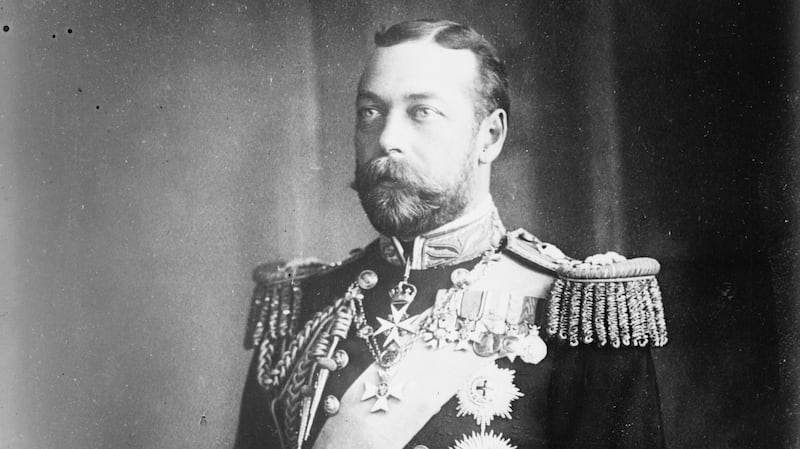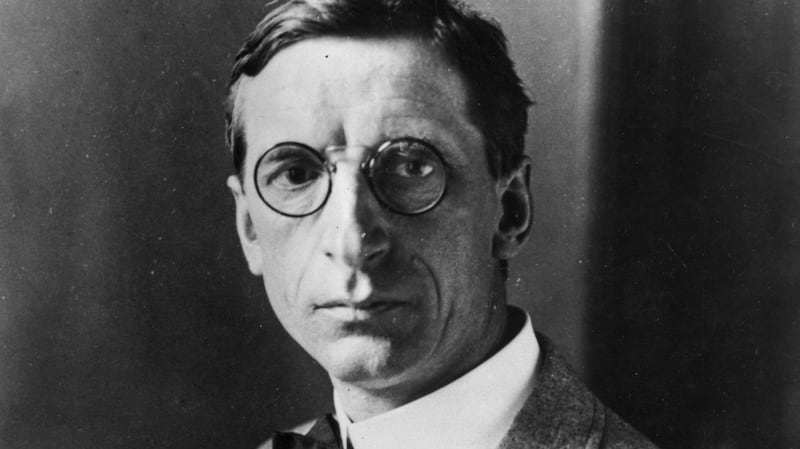December 1920: Peace feelers by the Archbishop of Perth Patrick Clune founder on a demand by the British government that the IRA disarm before entering talks.
June 22nd, 1921: King George V makes a conciliatory speech at the opening of the Northern Ireland parliament appealing to all Irish men "to pause, to stretch out the hand of forbearance and conciliation to forgive and forget and to join in making for the land which they love a new era of peace, contentment and good will".
June 24th, 1921: British prime minister David Lloyd George invites Éamon de Valera and Sir James Craig to London for talks. De Valera refuses on the basis that it would amount to a recognition of partition.

July 5th, 1921: South African prime minister Jan Smuts arrives in Dublin on a peace mission.
July 8th, 1921: An exchange of telegrams between de Valera and Lloyd George signals the cessation of hostilities. Truce terms are negotiated in the Mansion House.
July 11th, 1921: The Truce ending the War of Independence comes into being.
July 14th, 1921: Lloyd George and de Valera meet in Downing Street for the first time. They have four meetings in total.
July 20th, 1921: The British government makes its first offer of dominion status within the British empire, but only for the 26 counties. The offer is rejected.
August 10th, 1921: De Valera responds to the British offer with one of "External Association". This would leave Ireland outside the British empire but externally associated with it for matters of mutual concern such as defence. It is rejected by the British, who insist Ireland must remain within the empire and recognise the British crown.

August 23rd, 1921: De Valera announces that he will not participate in negotiations, but will hold himself in reserve as the final arbiter of whatever final terms are offered.
September 30th, 1921: The Irish side agree to talks to "ascertain how the association of Ireland with the community of nations known as the British empire might best be reconciled with Irish national aspirations", as Lloyd George puts it.
October 11th, 1921: Talks between the Irish and British delegations begin in Downing Street.
December 1st, 1921: After seven weeks of negotiation, the British present the Irish side with a draft treaty. It offers dominion status, but also includes an oath of allegiance and a boundary commission to deal with the issue of Ulster.
December 3rd, 1921: A fractious Irish cabinet meeting agrees four to three to accept the draft terms. The State's first future leader, William T Cosgrave, casts the decisive vote in favour of the Treaty. De Valera secures a pledge from Arthur Griffith that the Irish delegation will not sign the Treaty until it is referred back to the cabinet.
December 6th, 1921: After a day and a night of negotiations, the Anglo-Irish Treaty is signed at 2am. The Irish delegates sign it without referring it back to Dublin.
December 15th, 1921-January 7th, 1922: The Dáil debates end in a narrow majority in favour of the Treaty by 64 votes to 57.
June 28th, 1922: The Irish Civil War begins.
August 22nd, 1922: Michael Collins is killed in an ambush at Béal na Bláth in Co Cork.
May 1923: The Civil War ends in the defeat of the anti-Treaty side.
November 1925: The Boundary Commission report is leaked to the Morning Post. It envisages no significant transfer of land to the Irish Free State. The report is shelved in return for the British decision to write off the Irish share of the Imperial debt.
November 1926: The Balfour Declaration declares dominions such as Ireland as independent countries with a common bond in the crown.
December 1931: The Statute of Westminster formally grants legislative autonomy to all Britain's dominions.
1932: Eamon de Valera's Fianna Fáil comes to power. His refusal to pay annuities to Britain under the terms of the Treaty causes the economic war, which lasts until 1938.
1933: De Valera abolishes the oath of allegiance to the crown.
1936: After the abdication of King Edward VIII, de Valera's government swiftly passed the External Relations Act. This abolishes the office of the governor general and makes the British monarch virtually redundant in terms of his involvement in Irish affairs.
1937: The new constitution makes Éire, as it was then known, a republic in all but name, with a president, not the British monarch, as head of state.
1938: The economic war is ended and the Treaty ports of Lough Swilly, Bearhaven and Cobh became part of Éire.
1948: The inter-party government led by John A Costello declares that Ireland is a republic. The anomaly of the British monarch signing the credentials of Irish ambassadors is ended. Ireland is deemed to have left the British Commonwealth.
April 18th, 1949: The Irish State becomes a republic ending all formal links with the Treaty.











